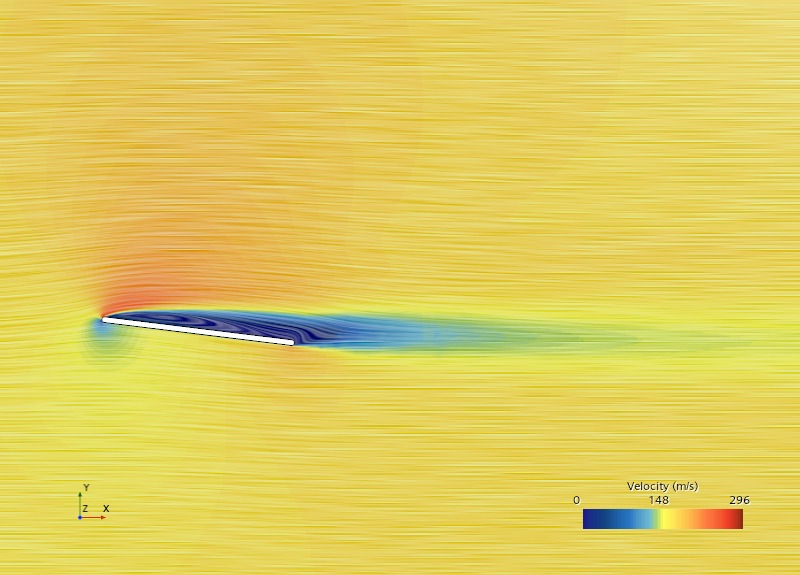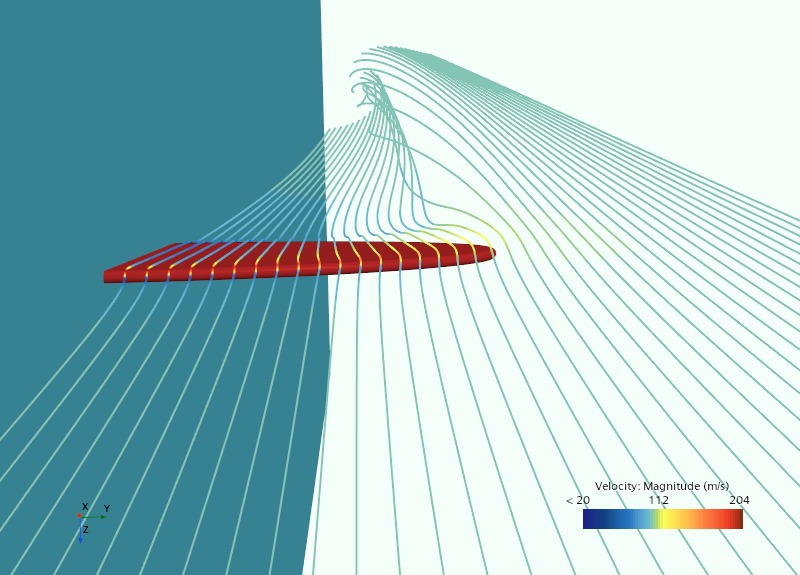Aerodynamics
The Aerodynamics Department plays a crucial role in optimizing the vehicle's flight
performance by studying how air flows around the rocket during its ascent through the
atmosphere.
The department focuses on reducing drag, minimizing aerodynamic loads,
and ensuring stability during flight phases. Using computational fluid dynamics (CFD),
experiments, and real-flight data, the team refines the rocket’s external geometry,
including nose cone design, fin configuration, and surface smoothness, to achieve
optimal aerodynamic efficiency.
The department also collaborates closely with the other
departments to ensure that aerodynamic improvements are integrated seamlessly,
enhancing both the rocket's launch performance and its ability to reach the height goal
efficiently and safely.

NOSE CONE DRAG OPTIMIZATION
The study of the aerodynamics of the nose cone is critical for enhancing the rocket's overall performance during its ascent. The nose cone is the first part of the rocket to encounter airflow, making its shape essential in minimizing aerodynamic drag.
The Aerodynamics Department carefully analyse different nose cone profiles such as ogive, conical, and parabolic shapes using computational fluid dynamics (CFD) to find the optimal balance between drag reduction and structural integrity.
FIN PROFILE ANALYSIS
The Fin Profile Analysis plays a crucial role within the Aerodynamics analysis for
optimizing the stability and control of a rocket
during flight.
This role focuses on analysing
and refining the shape, size, and orientation of
the rocket's fins to minimize drag while
maximizing aerodynamic efficiency,
particularly during the ascent. Using tools like
computational fluid dynamics (CFD)
simulations the fin profile analyst ensures that
the fins provide optimal guidance and
stability.
